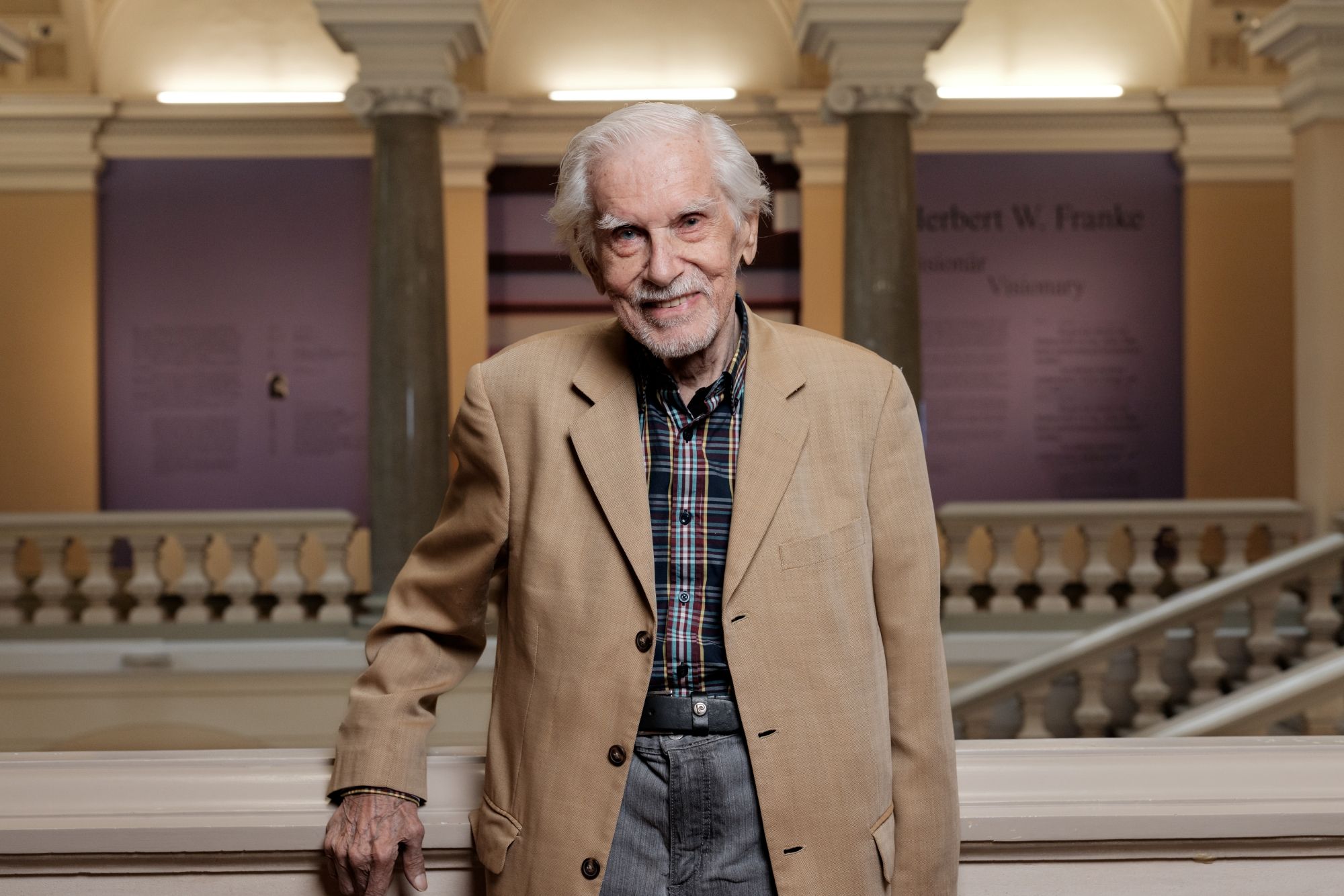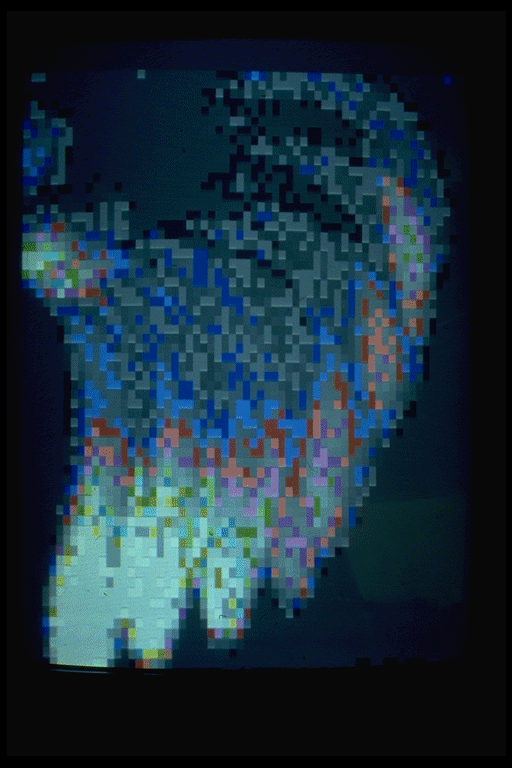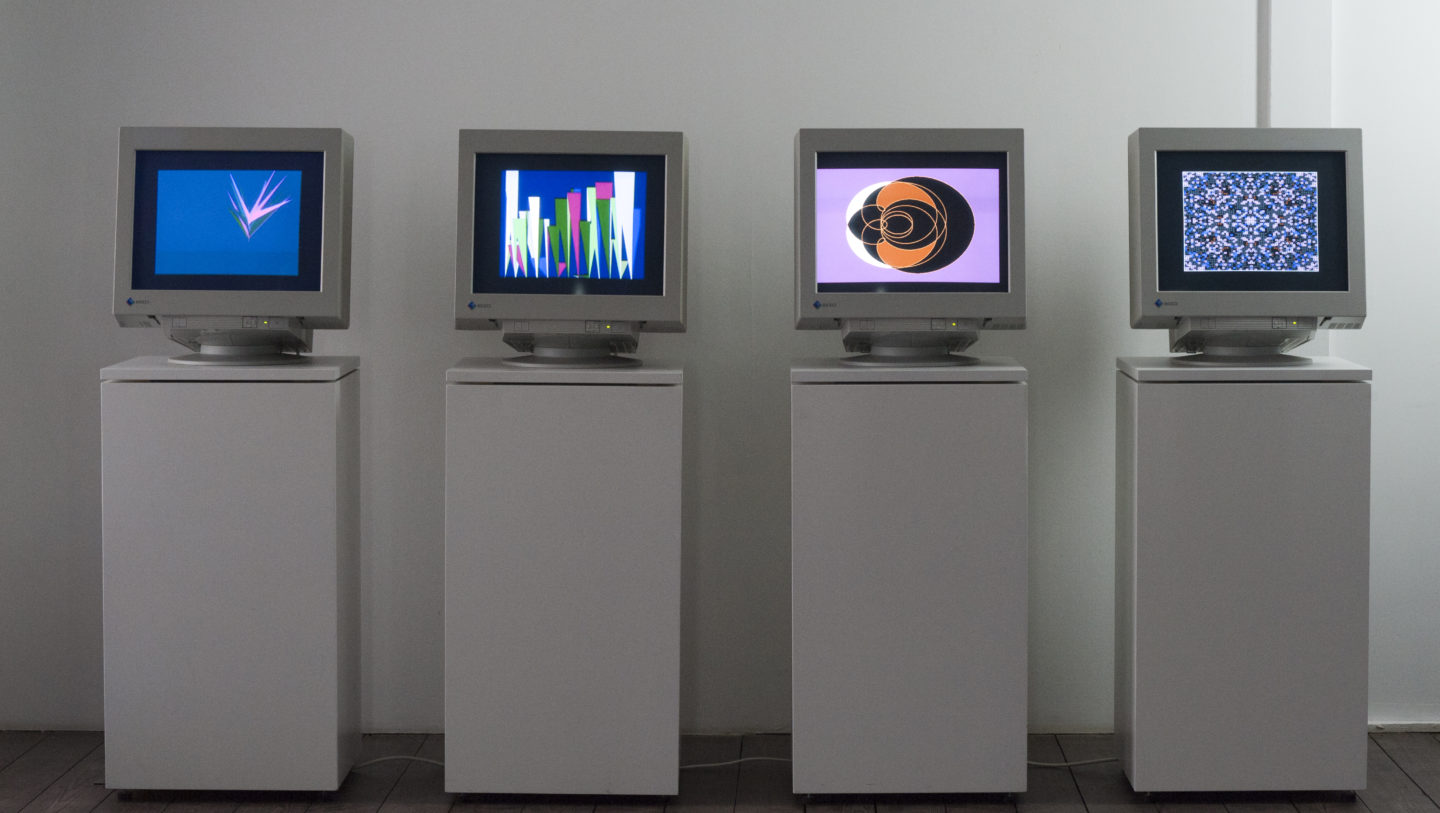
That some protocadherin glycoproteins and armadillo-type proteins already occur in certain nonmetazoa (e.g., King et al. It was the cooperation of the molecular ensembles of these junctions to provide the basis for eumetazoan life. From mere associations of individual cells, whether protozoan or parazoan, Kinds of cell–cell junctions are among the oldest and most important structures contributing to the formation and functionalĭiversification of multilayered metazoan organisms. In the year of the bicenturial jubilee of Charles Darwin (born 1809) and his 1859 publication of the concept of natural selectionĪs the decisive driving force of evolution, it is perhaps appropriate to begin this review with the notion that the four major The by and large parallel discoveries of the junction protein families are reported.

InĬontrast, the tight junctions (TJs) and gap junctions (GJs) are formed by tetraspan proteins (claudins and occludins, or connexins)Īrranged head-to-head as TJ seal bands or as paracrystalline connexin channels, allowing intercellular exchange of small molecules. Types, and the almost ubiquitous adherens junctions are based on closely cis-packed glycoproteins, cadherins, which are associated head-to-head with those of the hemi-junction domain of an adjacentĬell, whereas their cytoplasmic regions assemble sizable plaques of special proteins anchoring cytoskeletal filaments. In vertebrates, four major forms of cell junctions have been classified and the molecularĬomposition of which has been elucidated in the past three decades: Desmosomes, which connect epithelial and some other cell Architect Eyal Weizman identifies the role of the roundabout as a site of eruption in recent uprisings and revolutions in The Roundabout Revolutions from the Critical Spatial Practice series.The organization of metazoa is based on the formation of tissues and on tissue-typical functions and these in turn are based

We turn to artist Amar Kanwar’s video installation The Torn First Pages-referring to the Burmese bookshop owner who was imprisoned for tearing out pages with government propaganda in the books and journals he sold-and scholar and critic Erika Balsom’s essay on this work in Thyssen-Bornemisza Art Contemporary: The Commissions Book. Artist and researcher Sonia Boyce reconciles the aesthetic strategies of collage and montage with the political address to racism and nationalism in artworks by Rasheed Araeen and Eddie Chamber, included in The Place Is Here: The Work of Black Artists in 1980s Britain.

From Conflictual Aesthetics: Artistic Activism and the Public Sphere, philosopher Oliver Marchart proposes an aesthetics of agitating, propagating, and organizing.

Our series of shared excerpts continues with a fifth installment focusing on issues of democracy and protest.


 0 kommentar(er)
0 kommentar(er)
